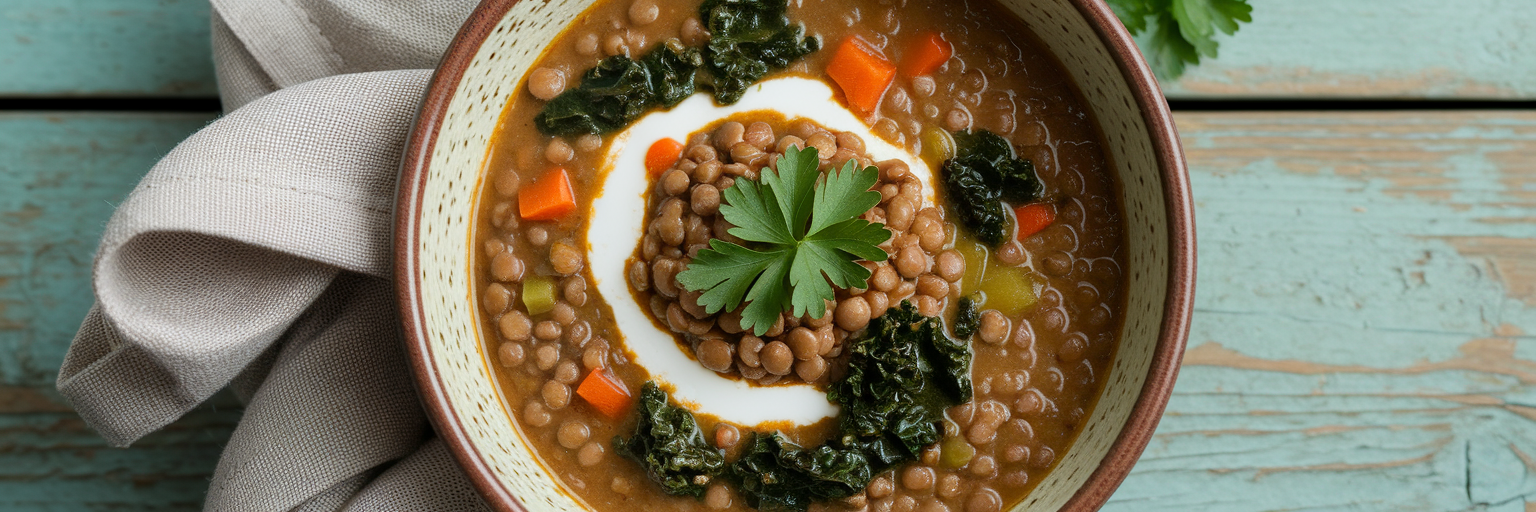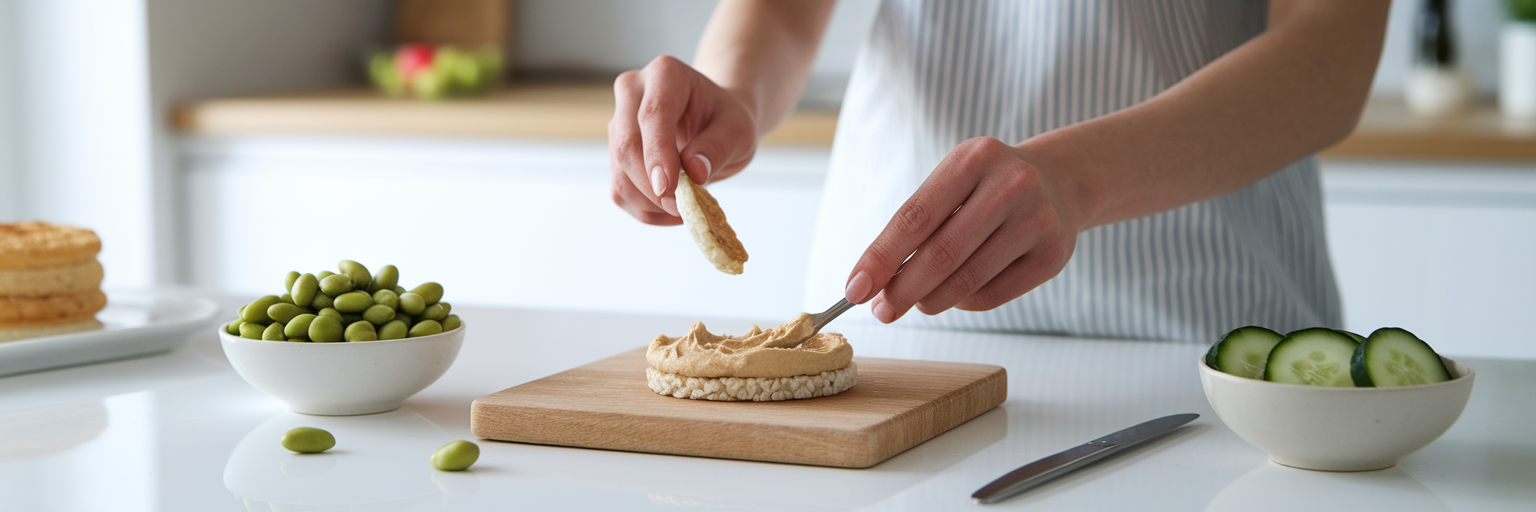We’ve all been there. You’re doing great with your health goals, and then an out of nowhere craving hits, or that gnawing hunger just won’t quit. It’s a frustrating feeling that can make any weight loss journey feel like an uphill battle. But what if the key to winning that battle was simpler than you think? It often comes down to what’s on your plate, and specifically, how much protein you’re eating.
Why Protein Is Key for Managing Hunger
When it comes to feeling full and satisfied, not all calories are created equal. Protein is by far the most satiating macronutrient, meaning it keeps you feeling full longer than carbohydrates or fats. This isn't just a feeling; it's a biological fact. Eating protein triggers your body to release specific hormones, like Peptide YY (PYY) and GLP-1. Think of these as your body's built in "I'm full" signals that communicate directly with your brain, effectively turning down the volume on hunger pangs.
This hormonal response is a huge advantage when you're trying to maintain a calorie deficit for weight loss. A meal rich in protein helps prevent the overeating that often happens when you feel deprived or constantly hungry. It provides a steady, satisfying energy that supports your goals. Understanding how to reduce cravings with diet starts with making protein a priority at every meal.
So we know protein is a powerhouse for satiety, but could the type of protein you choose make an even bigger impact on your weight loss journey? Let's explore why plant-based options might be your best ally.
The Unique Advantages of Plant-Based Protein

While all protein helps with fullness, plant-based proteins bring a few secret weapons to the table, making them exceptionally effective for weight management. The most significant advantage is the powerful combination of protein and fiber. Most plant protein sources like beans, lentils, and chickpeas are naturally packed with fiber, a nutrient completely absent in animal products.
Fiber is a type of carbohydrate that your body can't digest. It slows down the rate at which your stomach empties, leading to a much more gradual release of energy into your bloodstream. This helps prevent the sharp blood sugar spikes and subsequent crashes that often trigger intense cravings for sugary or high-carb foods. This powerful duo is what delivers superior plant based protein satiety, keeping you feeling steadily full and energized for hours.
Beyond fiber, plant proteins shine in their nutrient density. Foods like tofu, quinoa, and legumes are loaded with essential vitamins, minerals, and antioxidants while being naturally lower in calories and saturated fat than many animal-based counterparts. This means you get more nutritional bang for your buck, which is a cornerstone of a successful vegan diet for fat loss. And getting these benefits doesn't have to be complicated; in fact, we have some easy vegan protein recipes you'll actually crave.
Finally, plant-based diets are often linked to better insulin sensitivity. This helps your body use energy more efficiently instead of storing it as fat. It's this incredible combination of high fiber, nutrient density, and metabolic support that makes plant protein an outstanding tool for achieving and maintaining a healthy weight.
Plant Protein vs Animal Protein for Weight Goals
A common question that comes up is whether plant protein can truly stand up to animal protein, especially for health goals. Let's clear the air on a few points. First, the myth that plant proteins are "incomplete" is largely outdated. While individual plant foods may not contain all nine essential amino acids, eating a variety of sources throughout the day, like beans, whole grains, nuts, and seeds, easily provides your body with everything it needs.
When it comes to the plant protein vs whey for weight loss debate, the conversation is nuanced. Some research suggests whey protein may be absorbed slightly faster right after a workout. However, other studies show that over the long term, plant proteins are equally effective for building and maintaining lean muscle, especially when total daily protein intake is sufficient. Preserving muscle is critical during weight loss, as it helps keep your metabolism running strong.
The real advantage of plant protein for weight management comes from the entire food package. In fact, a study published in the journal Nature found that meals based on plant protein could induce higher satiety compared to animal-based meals, helping participants feel fuller for longer. This is because you're not just getting protein; you're also getting fiber, healthy fats, and beneficial plant compounds that work together to manage hunger and support your body.
| Factor | Plant-Based Protein Sources | Animal-Based Protein Sources |
|---|---|---|
| Satiety (Fullness) | High (Protein + Fiber) | High (Protein only) |
| Calorie Density | Generally Lower | Often Higher |
| Nutrient Profile | Rich in fiber, antioxidants, vitamins | Rich in B12, heme iron, zinc |
| Associated Fats | Primarily unsaturated fats | Often contains saturated fats |
| Impact on Cravings | Helps stabilize blood sugar, reducing crashes | Can be effective, but lacks fiber's stabilizing effect |
This table compares key attributes of plant and animal proteins relevant to weight management. The data reflects general nutritional profiles; specific values can vary by food source.
Practical Ways to Add Vegan Protein to Your Diet

Making the switch to more plant-based protein is easier than you might think. It’s all about adding delicious, nutrient-dense foods to the meals you already enjoy. Here are some of the best vegan protein sources and simple ways to use them:
- Lentils: Use them as a base for hearty soups, stews, or as a meat substitute in pasta sauce.
- Chickpeas: Toss a can of rinsed chickpeas into your salad for a quick fiber and protein boost.
- Tofu: Press a block of firm tofu and crumble it into a skillet for a satisfying breakfast scramble.
- Tempeh: Marinate and bake or pan-fry slices of tempeh to add a chewy, savory element to sandwiches and grain bowls.
- Quinoa: Use this complete protein as a versatile base for salads or as a side dish instead of rice.
- Edamame: A cup of steamed edamame makes for a perfect high-protein, satisfying snack.
For those with busy schedules, high-quality vegan protein powders are an incredibly convenient option. Powders made from pea, soy, or brown rice can help you meet your protein needs without any complex meal prep. A scoop of a delicious, high-quality chocolate vegan protein can transform your morning smoothie into a satisfying, muscle-supporting meal that keeps you full until lunch.
The goal is to "protein-pack" each meal. Start your day with a tofu scramble, snack on roasted edamame, and add a handful of pumpkin seeds to your salad. As a general guideline, many experts suggest that active individuals aiming for weight loss target around 1.6 grams of protein per kilogram of body weight to help preserve muscle mass. This is just a benchmark, but it can be a helpful starting point. If you're wondering which type is right for you, our guide to the best protein powders can help you decide.
Putting It All Together: A Day of High-Protein Vegan Eating
Wondering what a day of satisfying, high-protein vegan eating looks like? It’s not about restriction; it’s about enjoying delicious, whole foods that work with your body. Here is a simple template to show you how achievable a day of vegan protein for weight loss can be.
Breakfast Idea
A creamy smoothie made with vanilla vegan protein powder, a large handful of spinach, a frozen banana, and a tablespoon of chia seeds. It’s a quick, delicious way to get protein, fiber, and healthy fats first thing in the morning.
Lunch Idea
A big "Power Salad" with mixed greens, a full cup of chickpeas, cucumber, bell peppers, and a handful of walnuts, all tossed in a zesty lemon-tahini dressing. This meal is designed to keep you full and focused all afternoon.
Dinner Idea
Hearty red lentil pasta topped with a rich mushroom marinara sauce. Lentil pasta is a fantastic source of both protein and fiber, making it a much more satisfying choice than traditional pasta.
Snack Idea
A crisp apple sliced and served with a generous spoonful of peanut or almond butter. This classic combination provides a perfect balance of fiber, healthy fats, and protein to crush any afternoon craving.
This is just a glimpse of how delicious and filling a plant-powered diet can be. For more delicious ideas and health tips, be sure to check out our blog.



